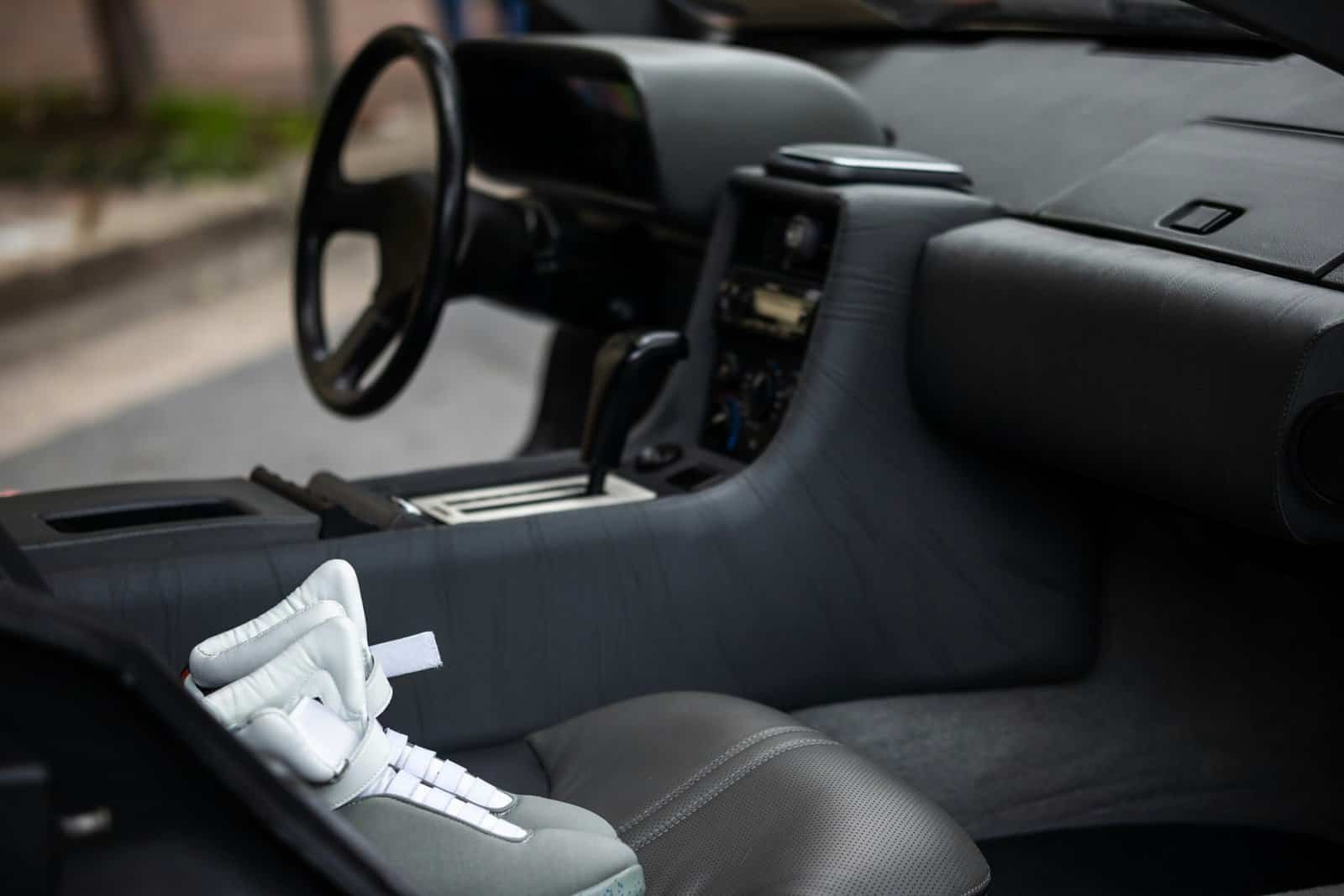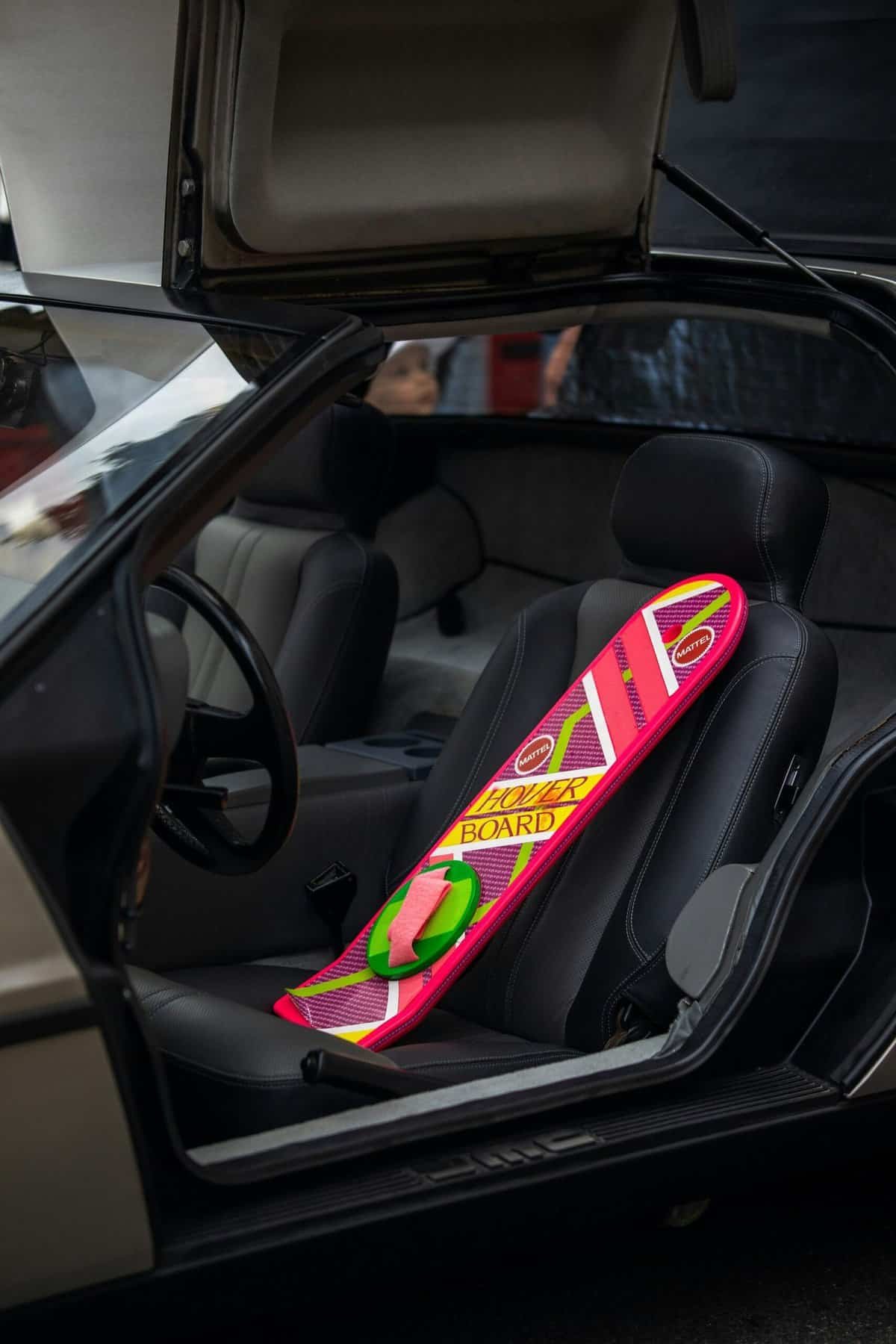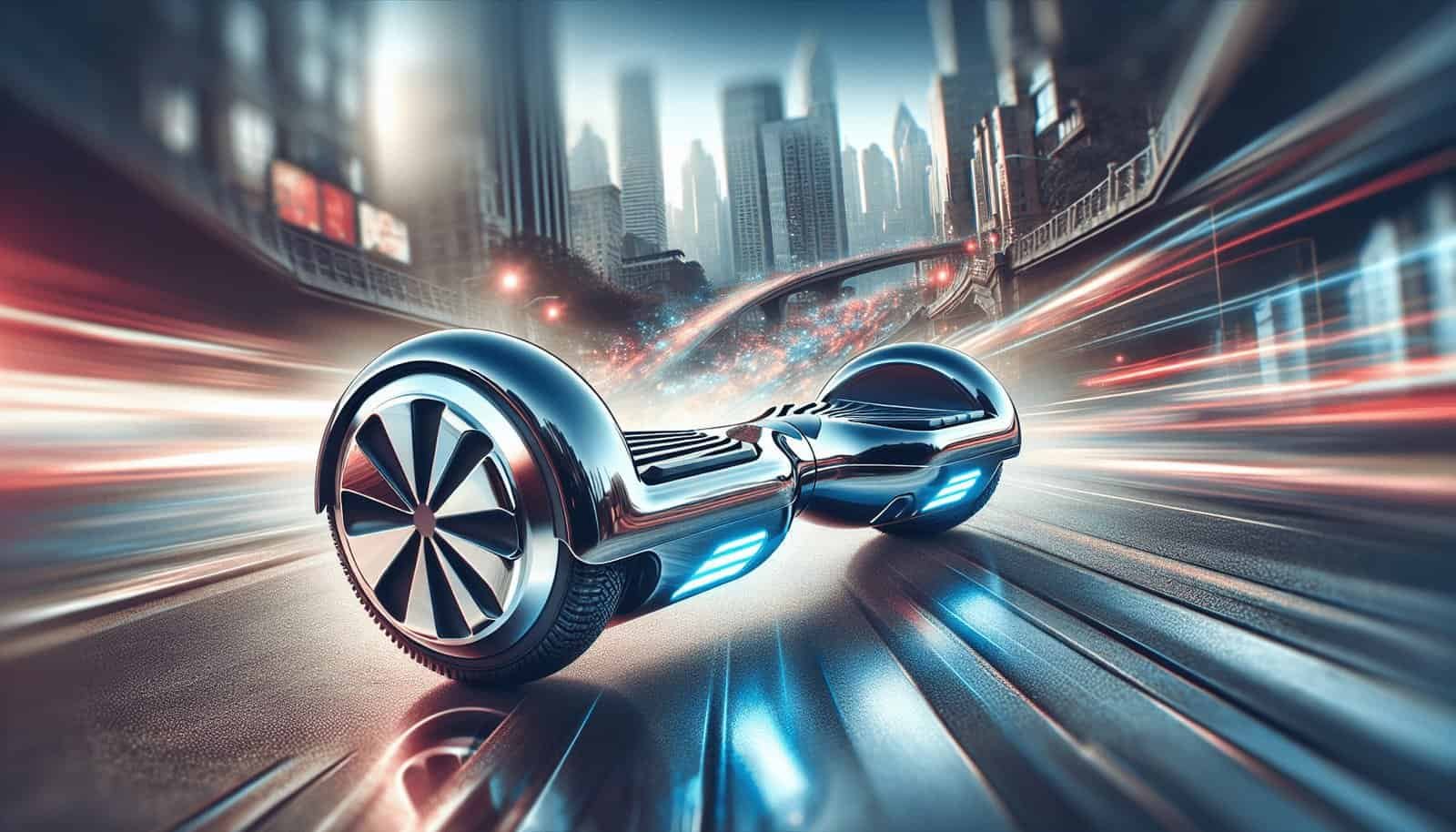Have you ever wondered how modern gadgets like hoverboards might be influencing traditional pastimes like rollerblading? In recent years, hoverboards have gained significant popularity, becoming a common sight on sidewalks worldwide. These self-balancing devices offer a fun, high-tech way to travel short distances, appealing particularly to younger generations. But how has the rise of hoverboards impacted the culture of traditional rollerblading, a sport that has been cherished for decades? Let’s explore this fascinating intersection of old and new leisure activities in depth.
Understanding Traditional Rollerblading
Traditional rollerblading, often known as inline skating, has been a staple of both recreation and sport since its popularization in the 1980s and 1990s. You might remember seeing people glide smoothly down city paths, performing tricks in skate parks, or maybe you’ve even experienced the joy of rollerblading yourself.
History of Rollerblading
Rollerblading traces its roots back to the early 18th century when it was initially an alternative to ice skating. Over time, significant improvements in design and materials have led to the development of what you see today — sleek, lightweight rollerblades that offer great speed and agility.
Rollerblading as a Sport and Hobby
For many, rollerblading is more than just a way to move from point A to B. It’s a form of exercise, a hobby, and for some, even a competitive sport. Whether it’s recreational skating on weekends or participating in skate marathons, rollerblading is an activity enjoyed by people of all ages.
Hoverboards Enter the Scene
Hoverboards, self-balancing scooters, first appeared in the tech-lifestyle scene around 2015. Despite the misnomer — they don’t actually hover — these devices captured the imagination of many, promising a futuristic mode of transportation.
Appeal of Hoverboards
You might find hoverboards appealing because they combine technology with convenience. They’re easy to learn, fun to ride, and can be a novel way of commuting short distances. Hoverboards have certainly capitalized on tech trends, grabbing the attention of tech-savvy individuals and younger demographics.
Evolution and Innovation
The innovation behind hoverboards continues to evolve, with models today offering improved battery life, safety features, and even Bluetooth capabilities for music. They symbolize a modern twist on personal mobility, often drawing in those looking to embrace new technologies.

Impacts on Rollerblading Culture
With the rise of hoverboards, the culture surrounding traditional rollerblading has encountered both challenges and changes. These changes can be seen in various aspects of community, involvement, and perception.
Decline in Rollerblading Popularity
One of the most observable impacts has been a dip in rollerblading’s popularity. You might notice fewer people on rollerblades nowadays. With more trendy alternatives available, especially for younger generations, rollerblading doesn’t always seem like the coolest option.
Shifts in Demographic Interest
The typical demographic interested in rollerblading has shifted. Many of today’s youth might prefer hoverboards, viewing them as more modern and aligned with current trends, leaving rollerblading to an older generation or dedicated sports enthusiasts.
Cultural Integration
Despite these challenges, hoverboards and rollerblading have found ways to coexist and even complement each other in certain cultural spaces. Here’s how this integration is playing out:
Coexistence in Recreational Spaces
In skate parks and recreational areas, you might find both hoverboarders and rollerbladers sharing common spaces. This coexistence fosters a diverse community where traditional and modern activities thrive side-by-side.
Fusion of Styles and Practices
Interestingly, some hoverboard users have been inspired by rollerblading tricks, leading to a fusion of styles. This blending of techniques can create new hybrid sports practices, enriching both cultures in the process.

Technological Influence and Evolution
Technology continues to play a significant role in both rollerblading and hoverboard culture, shaping how both activities are perceived and practiced.
Advances in Rollerblade Design
In response to modern challenges, rollerblade manufacturers are integrating advanced materials and ergonomic designs, potentially enticing technology enthusiasts back to blading.
Hoverboards Inspiring Innovation
The technology-driven features of hoverboards push rollerblade manufacturers to innovate and enhance their own products. This competition can lead to a revitalization in rollerblade technology, appealing to those curious about high-tech enhancements in traditional sports.
Socio-Economic Factors
The economic and social factors surrounding both hoverboards and rollerblading can’t be overlooked as they contribute significantly to the cultural shifts.
Accessibility and Affordability
Both rollerblades and hoverboards have varying degrees of accessibility based on cost. Hoverboards might be appealing due to their status as trendy gadgets, but rollerblades remain a more affordable and long-term investment for many.
| Item | Average Cost | Durability |
|---|---|---|
| Rollerblades | $50-$300 | Long-lasting, repairable |
| Hoverboards | $100-$500 | Can be short-lived, dependent on battery life |
Influence of Youth Culture
Youth culture plays a pivotal role, with hoverboards often being seen as symbols of modernity and technological savvy. Rollerblades may not have the same “wow” factor with younger people, affecting the sport’s cultural presence.

Future Outlook
Looking ahead, the impact of hoverboards on rollerblading culture could continue to evolve. The relationship between the two can lead to broader cultural trends and innovations.
Potential for Resurgence
Rollerblading may see a revival as people seek retro activities that offer physical fitness benefits while also reintegrating styles from the past into modern pastimes.
Opportunities for Fusion and Adaptation
The potential for hybrid sports combining elements of rollerblading and hoverboarding presents exciting opportunities for cultural adaptation. This fusion could herald a new era of creative recreational activities.
Conclusion
In reflecting on the current landscape, hoverboards have undeniably influenced traditional rollerblading culture, introducing both challenges and opportunities. However, through innovation, coexistence, and cultural integration, it’s possible for these two seemingly divergent activities to enrich one another. Whether you find yourself strapped into a pair of rollerblades or balancing on a hoverboard, the future of personal mobility lies in embracing both tradition and technology.


